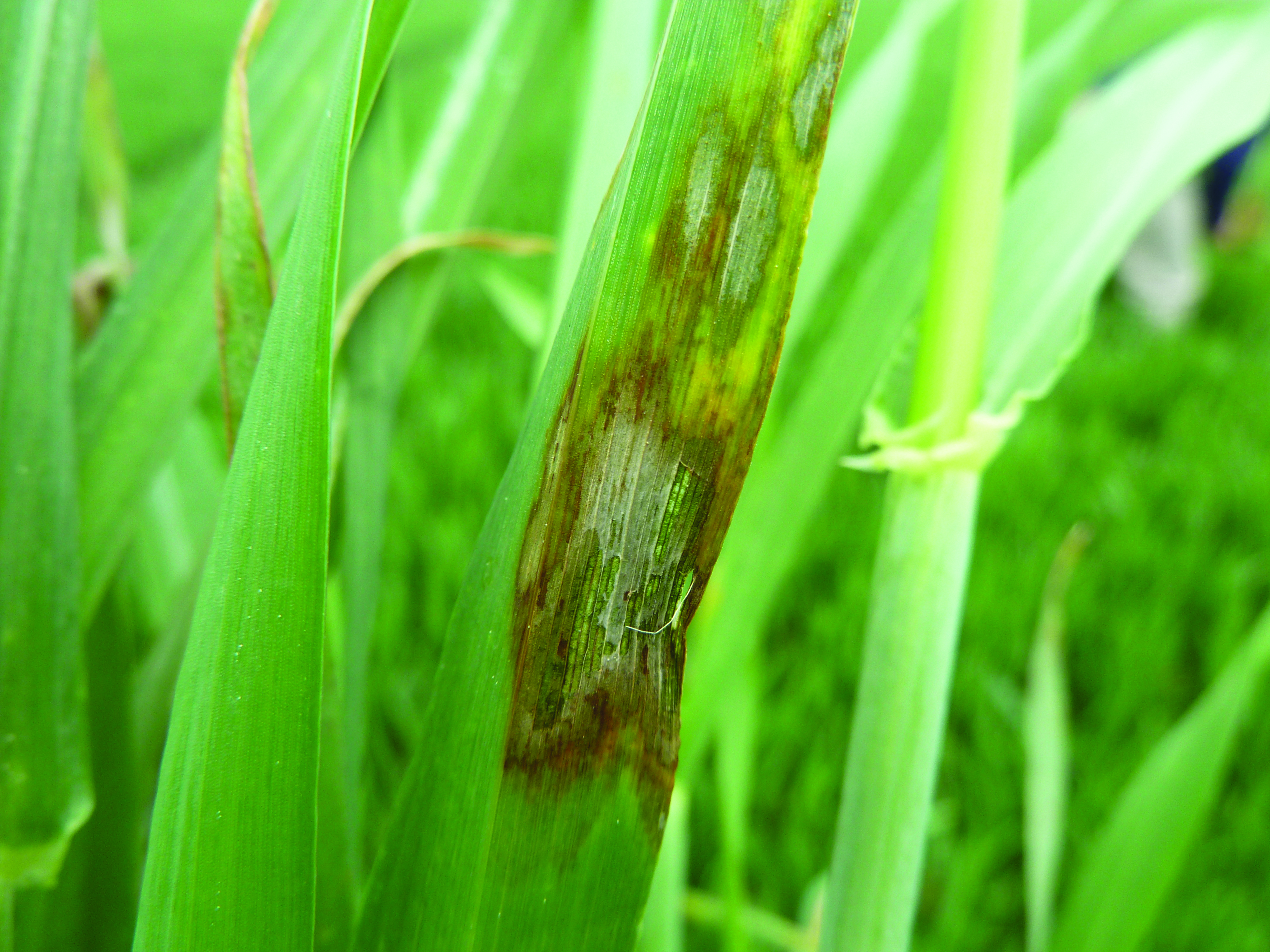Throughout this spring the Bayer field team has been monitoring disease levels as part of a disease watch project aimed at keeping both merchants and famers informed of the developing disease threat.
And it is fair to say the findings have been quite surprising.
When the Bayer team first identified the untreated sections of paddocks it planned to monitor very little disease was visibly present.
Since then Septoria leaf blotch and scald have developed in all the Bayer paddocks. The incidence of both diseases is much higher than in recent years and continues to aggressively move up through the crop canopy.
Other diseases are being found as well. On wheat, mildew, leaf rust and tan spot are being recorded. In barley, net blotch and leaf rust are being found with leaf rust particularly seeming to be increasing.
To see the disease watch bulletins visit www.arablefungicides.co.nz and click the tile on the home page.
This is a new website developed by Bayer this season and it contains a wealth of information about fungicides in general and the
Bayer portfolio in particular.
In crops which have received robust fungicide programmes, disease will be well controlled and crops will be looking very healthy
but they will only stay that way if a comprehensive fungicide programme is maintained. Wheat crops are at ear emergence. Keeping the ear clean in very important as the ear is responsible for producing 20 per cent of a crop’s yield.
The key target disease at this timing is leaf rust but general ear disease control is also important. One thing to ensure is that control of Septoria leaf blotch on the flag leaf is maintained, especially this year as Septoria is rapidly moving up through crop canopies.
Where only one SDHI fungicide such as Aviator Xpro has been applied to date then applying a second application of Aviator Xpro between GS60 and GS69 will ensure excellent, long lasting disease control of all target diseases.
This approach will also maintain the ‘greenness’ of the crop. If two SDHI fungicides have been used then the T3 application should be a mixture of Proline with a strobilurin fungicide.
Spring barley crops tend to be at a range of growth stages due to the wide span of planting dates. For all crops the target diseases are scald and net blotch at GS30-31 and Ramularia leaf spot at GS37-45.
At T1 Delaro offers an excellent cost-effective approach delivering generous amounts of two complementary and very effective barley fungicides. Delaro has the added bonus of not being a SDHI fungicide which means Aviator Xpro can be applied at T2.
To control Ramularia leaf spot it is essential a SDHI fungicide is applied between GS37-45 and Aviator Xpro, which not only contains a SDHI fungicide, but also prothioconazole as well, fits the bill perfectly.
Hot of the press Aviator Xpro has received a shortened withholding period which means it can be applied to barley crops right through to 56 days prior to harvest.
This brings far more flexibility when it comes to late season disease control.
For more detail talk to your Bayer CropScience rep.

Active scald lesion on barley.